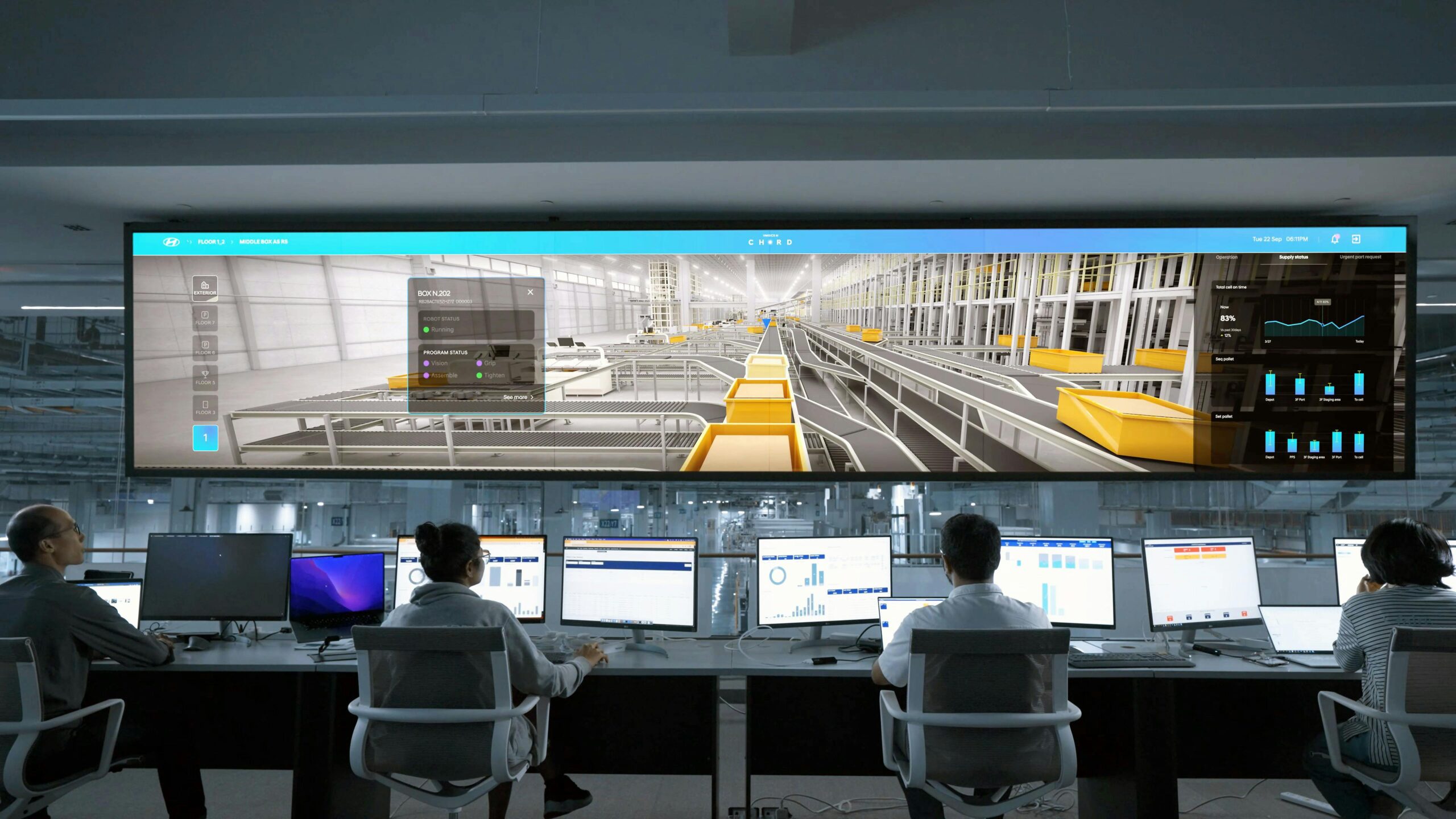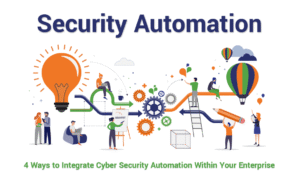Security & Automation: Redefining Safety in the Digital Era
Introduction
In today’s hyperconnected world, two forces are shaping the future of digital and physical landscapes: security and automation. Organizations, governments, and individuals alike are increasingly relying on automated systems to enhance security, minimize risks, and streamline operations. From cybersecurity defense mechanisms that run 24/7 without human intervention to physical security systems powered by artificial intelligence (AI), the blend of security and automation is creating smarter, faster, and more reliable infrastructures.
But while automation strengthens defenses, it also introduces new vulnerabilities. Automated systems need to be monitored, governed, and constantly updated to ensure they don’t become a double-edged sword. This article explores how security and automation intersect, their applications, benefits, challenges, and the role they will play in the coming decade.
Understanding Security in the Age of Automation
Security, at its core, is about protecting assets, data, and people from unauthorized access, damage, or harm. In the digital age, security extends beyond physical boundaries into cyberspace, where data breaches, ransomware, and phishing attacks dominate headlines.
Automation, on the other hand, is the use of technology to perform tasks without human intervention. When applied to security, automation means developing self-operating defense mechanisms that can detect, respond, and neutralize threats in real time. This transforms security from a reactive model to a proactive one.
Key Domains Where Security and Automation Intersect
1. Cybersecurity Automation
Cybersecurity is one of the fastest-growing fields where automation is a necessity. Traditional security teams are overwhelmed by thousands of alerts daily, making manual intervention ineffective. Automated security systems step in by:
-
Threat Detection & Response: AI-powered systems analyze logs, detect anomalies, and respond to cyberattacks instantly.
-
Vulnerability Management: Automation tools continuously scan systems for weaknesses, apply patches, and update configurations.
-
Phishing Prevention: Automated email filters use natural language processing (NLP) and behavioral analysis to block malicious content.
-
Incident Response: Automated playbooks guide systems on how to respond to different types of cyberattacks, reducing downtime.
2. Physical Security Automation
Automation isn’t confined to cyberspace; it’s also reshaping physical security. Key examples include:
-
Smart Surveillance Systems: Cameras equipped with AI detect unusual movements, unattended baggage, or unauthorized access without human monitoring.
-
Automated Access Control: Biometric systems, RFID tags, and mobile credentials eliminate manual security checks.
-
Drones & Robotics: Security robots patrol sensitive areas, while drones provide aerial surveillance for critical infrastructure.
-
Emergency Response Automation: Fire alarms, sprinkler systems, and evacuation alerts are now integrated into automated smart-building systems.
3. Industrial Security & Automation
In industries such as oil & gas, manufacturing, and power plants, automation enhances both productivity and safety:
-
Industrial Control Systems (ICS): Automated monitoring ensures hazardous processes are kept under control.
-
Predictive Maintenance: AI predicts when machines may fail, reducing the risk of accidents and downtime.
-
IoT Security Automation: Smart factories rely on IoT devices, which require continuous automated monitoring against cyber intrusions.
4. Cloud Security Automation
With businesses moving to cloud environments, security automation is critical to ensure data integrity and compliance. Tools like Cloud Security Posture Management (CSPM) and Cloud Workload Protection Platforms (CWPP) use automation to:
-
Detect misconfigurations.
-
Enforce compliance policies.
-
Automate encryption and backup processes.
-
Identify insider threats in real-time.
5. Government & Defense Applications
National security has embraced automation at multiple levels:
-
Border Security: Automated passport control, biometric verification, and AI-based scanning tools enhance border safety.
-
Military Defense: Autonomous drones, missile defense systems, and AI-based intelligence gathering reduce human involvement in high-risk missions.
-
Disaster Management: Automated alert systems notify citizens about floods, earthquakes, or cyber incidents before they escalate.
Benefits of Security & Automation
1. Speed & Efficiency
Automated systems respond faster than humans. In cybersecurity, for example, an automated threat detection system can isolate an infected device in seconds.
2. 24/7 Monitoring
Unlike human teams that work in shifts, automation ensures round-the-clock vigilance across networks, facilities, and assets.
3. Cost Savings
While initial implementation can be costly, automation reduces long-term operational expenses by minimizing manpower and preventing breaches.
4. Accuracy & Consistency
Human error is one of the biggest causes of security breaches. Automated systems provide consistent enforcement of policies without fatigue or negligence.
5. Scalability
As organizations grow, so do their security needs. Automation allows scaling security measures without hiring additional staff.
Challenges of Security & Automation
1. Over-Reliance on Automation
Over-dependence may lead organizations to neglect manual oversight, making them vulnerable if the automated system fails.
2. New Attack Vectors
Hackers target automated systems themselves, exploiting flaws in algorithms, sensors, or APIs.
3. False Positives & Negatives
Automation can sometimes misinterpret data, leading to either excessive alerts or missed threats.
4. Integration Complexity
Integrating automation into existing legacy systems can be costly and complex.
5. Ethical & Privacy Concerns
AI-powered surveillance raises questions about mass monitoring and misuse of personal data.
Security Automation Tools & Technologies
1. SOAR (Security Orchestration, Automation, and Response)
Platforms like Palo Alto Cortex XSOAR automate workflows between security tools, enabling faster incident response.
2. SIEM (Security Information & Event Management)
Solutions like Splunk and IBM QRadar use AI to analyze logs and detect unusual patterns automatically.
3. IAM (Identity & Access Management)
Tools like Okta and Microsoft Azure AD automate user access control across systems.
4. Endpoint Detection & Response (EDR)
Platforms like CrowdStrike and SentinelOne automate detection and remediation at the device level.
5. AI & Machine Learning
ML-driven algorithms continuously learn from new threats, making automated security more adaptive.
Real-World Case Studies
Case Study 1: Tesla’s Automated Security Systems
Tesla uses AI-powered cameras in its cars that not only assist drivers but also monitor for theft attempts. Automation reduces reliance on traditional alarm systems.
Case Study 2: Banking Sector
Banks use automated fraud detection systems that monitor transactions in real-time, flagging unusual spending patterns and blocking unauthorized access instantly.
Case Study 3: Smart Cities
Cities like Singapore employ smart surveillance systems integrated with AI for public safety, traffic control, and disaster management.
The Future of Security & Automation
The next decade will see automation evolve into autonomous security systems that operate with minimal human oversight. Some future trends include:
-
Zero Trust Architecture Automation – ensuring no entity, inside or outside, is trusted by default.
-
AI-Driven Threat Hunting – systems that predict attacks before they happen.
-
Quantum-Safe Security Automation – preparing automated encryption methods for the quantum computing era.
-
Biometric Everywhere – advanced automation in identity verification using face, voice, and even behavioral patterns.
-
Fully Autonomous Security Operations Centers (SOCs) – with AI monitoring, detecting, and resolving issues independently.
Balancing Automation with Human Oversight
While automation plays a central role, human expertise remains critical. Humans provide judgment, creativity, and ethical decision-making, which machines lack. A balanced approach combines automation for speed and scale with human oversight for complex scenarios and accountability.
Conclusion
Security and automation are no longer optional—they are necessities in an increasingly digital and interconnected world. Automation strengthens security by making it faster, smarter, and more reliable, but it must be deployed responsibly to avoid introducing new vulnerabilities.
The key lies in synergy: leveraging automation for efficiency while maintaining human oversight for adaptability and ethical control. As technology evolves, the combination of security and automation will define how safe and resilient our digital and physical environments become.
Increased Capabilities: Unlocking Human and Technological Potential in the 21st Century






